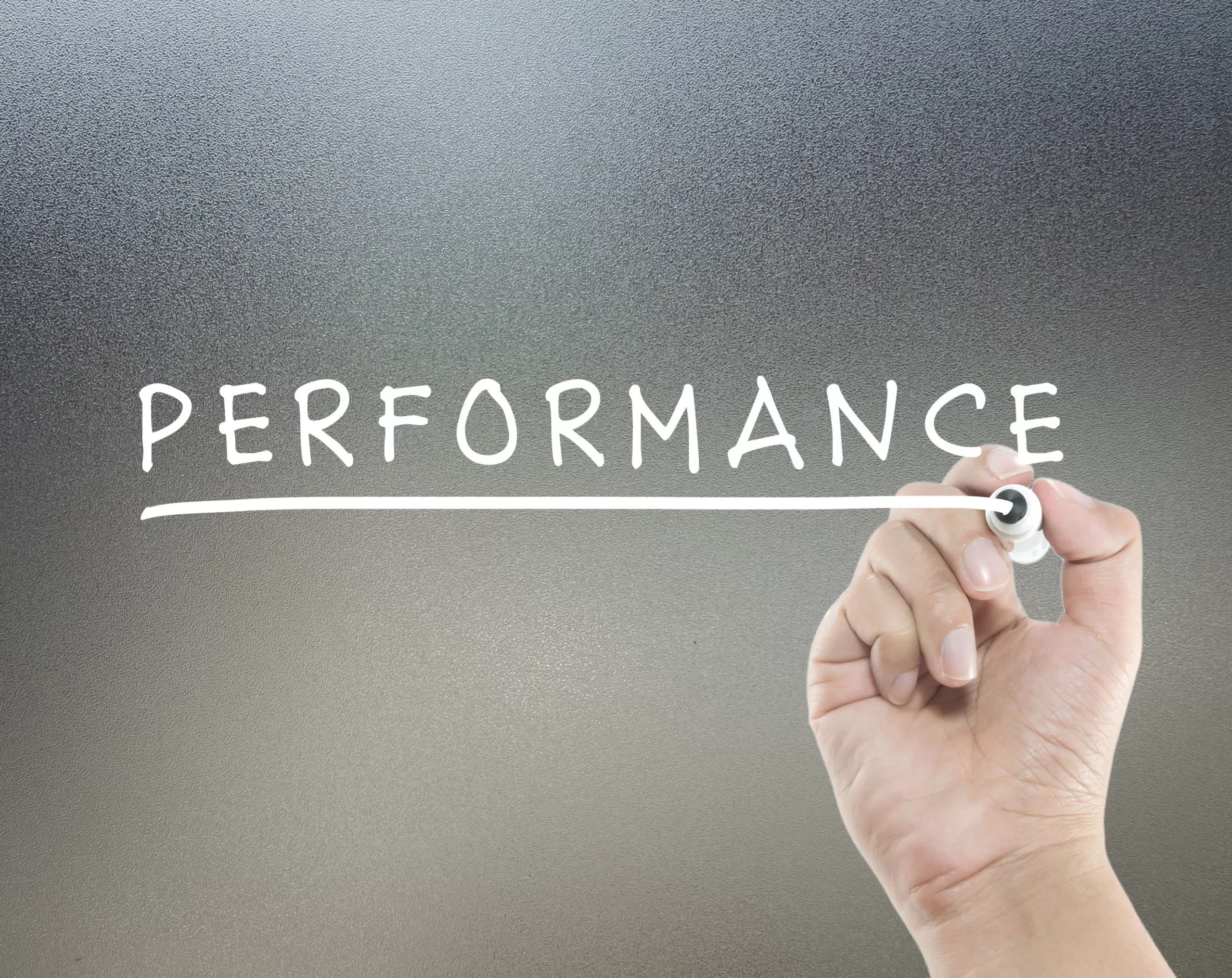Employees’ performance plays a vital role in the success of a company. Performance reviews provide valuable feedback that can shape performance and improve productivity. Performance review software can help to improve the efficiency and accuracy of employee performance reviews within an organization, so this software may be a valuable addition to an existing HRIS or may be a critical consideration when selecting a new HRIS.
What is Performance Review Software?
Performance reviews can be difficult to do manually, especially if they’re only done once a year. It can be hard for both managers and for employees to remember exactly what the employee did over the course of that year. That’s where performance evaluation software comes in.
Performance review software is HR software that offers features related to employee performance reviews. Employee performance review software can help companies manage reviews and streamline the entire process. Performance review software can also be a part of a larger system, such as talent management software or a HRIS.
Why Do Businesses Use Performance Review Software?
Companies turn to performance review software because they can pre-define a set of standards for different positions in the company. Then, each employee’s performance can be compared to the criteria for their job. The software can also maintain records of employee performance throughout the year so it’s easier to create the review when it’s time to do the annual performance review.
Employee evaluation software is a great tool for employers. It can help speed up the review process. It can also result in more accurate performance reviews. Employees can better understand exactly what their review means because they’re compared to pre-set standards.
Key Benefits of Performance Review Software
Many companies still do performance reviews by hand. However, just because you’ve been fine without software to handle the review process doesn’t mean your company wouldn’t see many benefits in starting to use it. There are many reasons why performance review software can help out a company, no matter its size.
Year-Round Performance Tracking
When employee performance reviews are filled out on the spot, managers may be biased based on recent events and fail to take past performance factors into consideration. Performance review software allows managers to keep a running log of notes that can tell a story about the employee’s progress over time. This alters the approach of performance reviews from a “snapshot” view of employee’s performance to a peek into the journey of an employee’s development.
Automatic Reporting
In addition to the personal development benefits of performance review software, the software also makes it easier for performance reviews to be printed, distributed, and stored. Employers do not have to sit and manually write out extensive reviews. The information that has been gathered over the selected time period can simply be compiled and put into the desired format.
360 Degree Feedback
Performance review software may vary, but most make it simple to conduct “360-degree” reviews. This type of review allows feedback regarding employee performance to be obtained from customers, peers, and managers. Reviewing feedback from all of these sources can give managers and human resources professionals a more complete picture of an employee’s strengths and weaknesses.
Goal Setting
With the more rounded view of an employee’s strengths and weakness that is offered by performance review software, employers may be able to better assess the employee’s training and development needs. Employers may even be able to see the potential for an employee to do better in another department or area of the company after reviewing feedback from multiple sources. Ideally, this may lower turnover when the employee’s overall strengths are considered as opposed to just the strengths that are seen by one manager in one area of the company.
Appraisal History
Performance review software doesn’t just help managers put together one review. The software can also track the history of all an employee’s reviews with the company. This can help managers see how the employee has improved over time and whether they’ve improved enough to meet expectations.
Self-Appraisals
Some companies ask their employees to do a self-appraisal as part of their performance assessment. Performance review software can offer a self-service portal for employees where they can log on and fill out their self-appraisals. The self-appraisal can then be compared to the manager’s performance review.
Employee Recognition
Employee performance reviews have long been viewed as a valuable tool for employees to gain feedback about performance. Studies show that employees prefer even negative recognition regarding performance to no recognition at all. Performance review software can help make it easier and faster for managers and human resources professionals to complete and deliver periodic reviews.
More Frequent Reviews
Performance review software makes it easier for managers and employers to send feedback to employees from a remote location. This gives employers greater flexibility, which may promote more frequent reviews. Employers may also be apt to provide more in-depth feedback if the flexibility offered by performance review software eases the pressures associated with writing reviews while in the office under time constraints.
Reduced Stigma
In the past, reviews were often regarded with dread by both employers and employees. This is mainly due to the weight that was placed on annual or biannual reviews, with promotions and raises often riding on the reviews. When reviews are given with greater frequency and simply for the purpose of letting employees know what aspects of performance are strong and which aspects could be improved, reviews may be viewed in a more positive light by all involved.
Is your company looking for HRIS software to manage employee performance reviews? We can help match you with the right vendor for your company’s needs. Stop by our Software Match page to get started in your search.
Sources:












